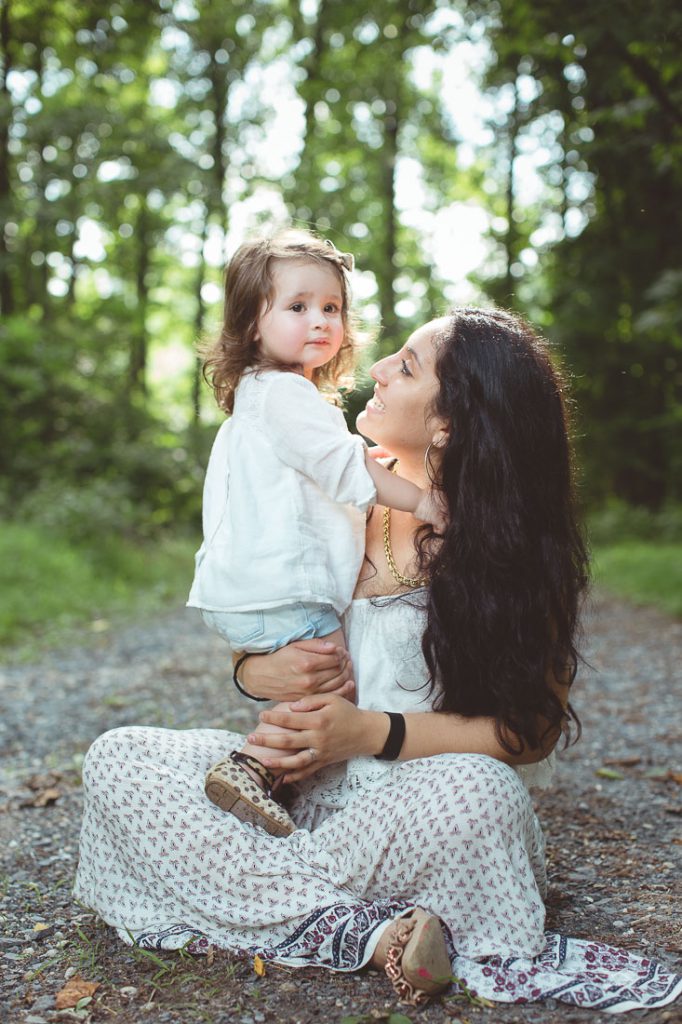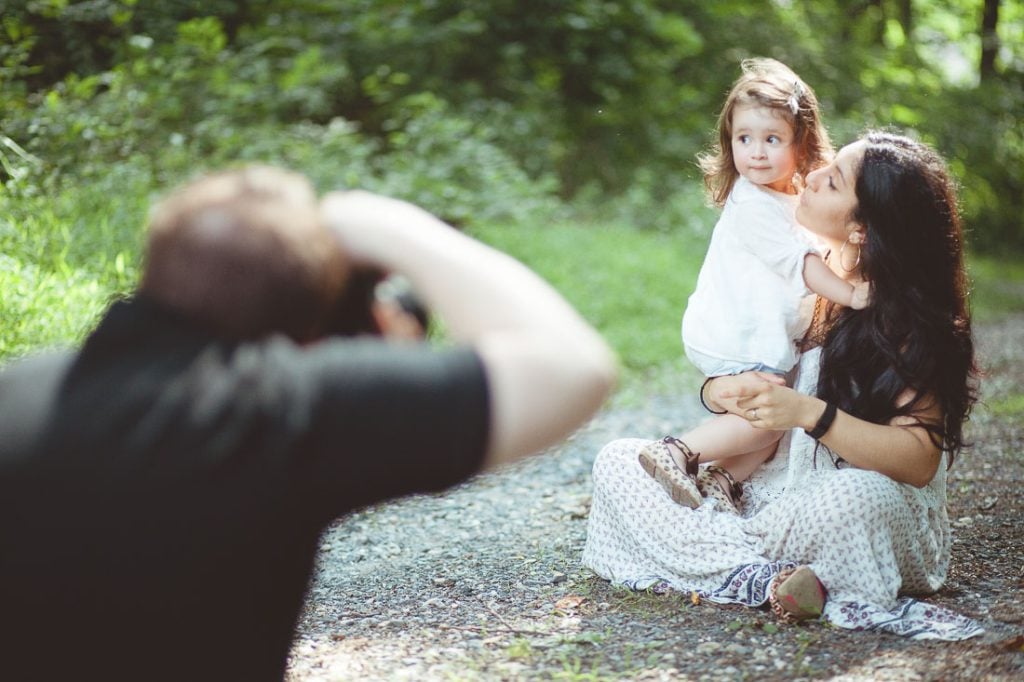The first rule in any portrait session that involves Children—and you really must consider this—is that they make the rules. There is absolutely no way around this. No one can make a child act happy if they don’t want to, and you wouldn’t want the fake looks you’d get even if you could.
As adults, we’re usually much better at gauging whether our reaction to something we don’t like is going to be worth it. If, as adults, we fully acted out our first response to everything that wasn’t going exactly the way we wanted, we wouldn’t get anything done. We’d lay there on the ground screaming and kicking our feet and passerby’s would wonder if we had a medical condition. The thing is, this tempering of our emotions is something most of us learned to do and you can usually pick out the adults who never figured it out. Kids, on the other hand, haven’t gotten there yet.
 The Super-Human Willpower of a Child
The Super-Human Willpower of a Child
Children have this crazy skill for willpower—we adults do not. They don’t have the mental facilities yet to understand that sitting in one place for two and a half minutes when they don’t want to isn’t as bad as feeling frustrated and angry next three hours. In fact, they can’t even understand how those two things are related—they think that you’re making them frustrated and angry. Luckily, however, children are easily led. They will even tell you just how to lead them, if you listen.
Take What They Give You
When you decide to have portraits created of your family, like many other things in a parent’s life, you have to accept what the child will allow you to create in that moment. Of course, parenting methods differ and we’re not here to judge how well you’re doing. We do, however, expect you not to radically change your methods as soon as your portrait session starts. If you don’t employ a lot of strict discipline at home, the portrait session is not the place to start.
Developing a Rapport With Your Child
You have to let your photographer develop a rapport with the child—if they’re going to make someone the “bad-guy”, it would be better that it’s mom or dad, not the photographer. Your photographer is going to try and let the child lead, they’re going to try and focus on the things that seem to capture the child’s attention, and attempt to steer that attention to good photographic opportunities. This is a delicate balance the photographer must walk, so never discipline a child for disobeying the photographer’s instructions. This can make the child timid to interact with the photographer at all.
Get Them Excited
One thing that can make a big difference for the better during your session is the attitude of your child toward the activity beforehand. Get them excited about the portrait session before you go by bringing other things they like into the picture. Maybe they always get a kick out of the geese—We could hold the session at a local park where there will be lots of geese around. Maybe they are always fascinated by big trucks and machinery—we could hold the session at a Farm where we can take pictures with such equipment.
Another way to help them get excited is to show them how special pictures can be. Take out your old family albums, or pictures of yourself when you were their age. Ask them questions about the pictures and ask for their opinions. You can use this opportunity to talk about the upcoming portrait session and how special it’s going to be. If they really start to get excited about the portrait session, ask them to take pictures of their toys with your phone, then look through the pictures with them and ask which ones are their favorites.
For the session itself, with your permission, your photographer can even bring candy to give the child. While bribery probably shouldn’t be employed too heavily when raising kids, coming from the photographer it can make a big impact. In fact, in their minds, it’s quite a bit different from bribery. But, if you thinking of bringing treats, keep in mind, that it’s usually more effective for the photographer to give out treats because it helps strengthen the rapport with the child.

